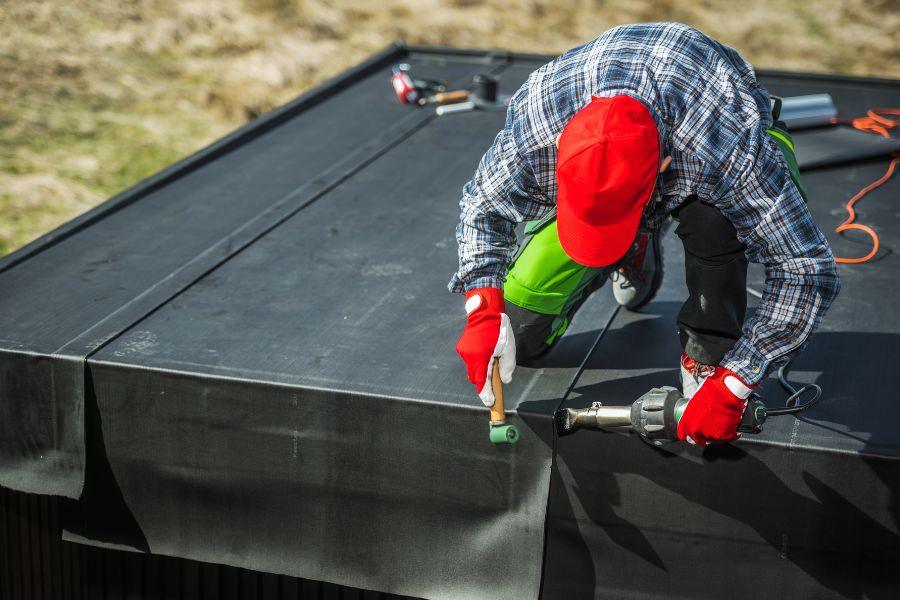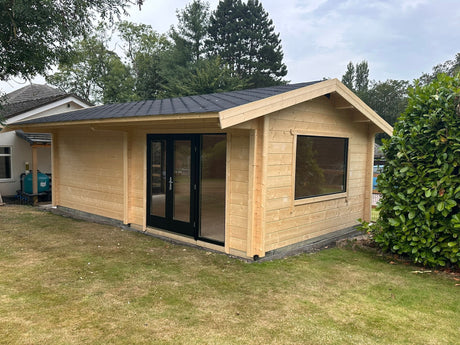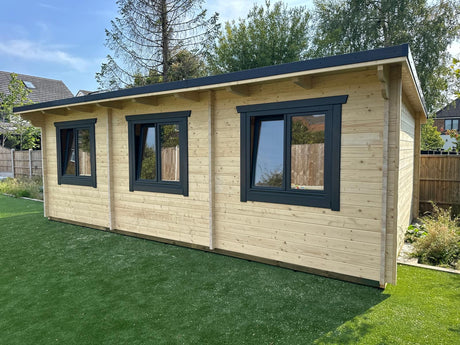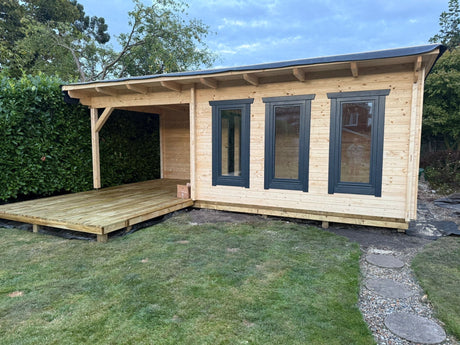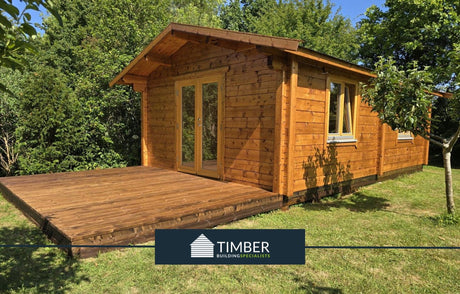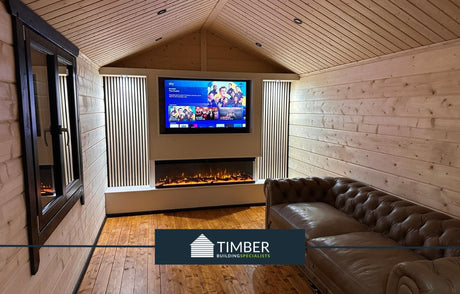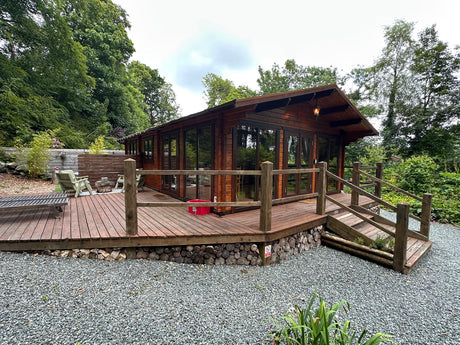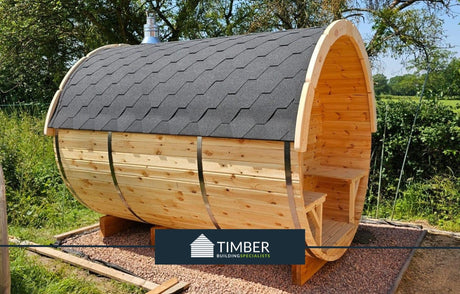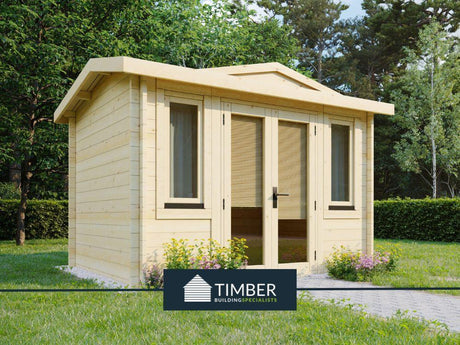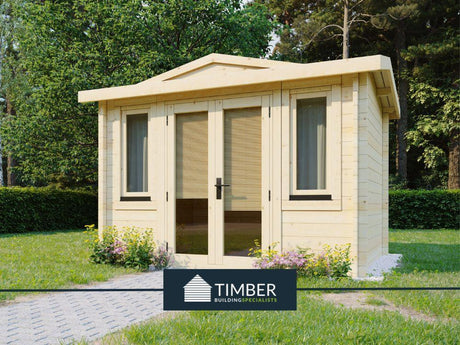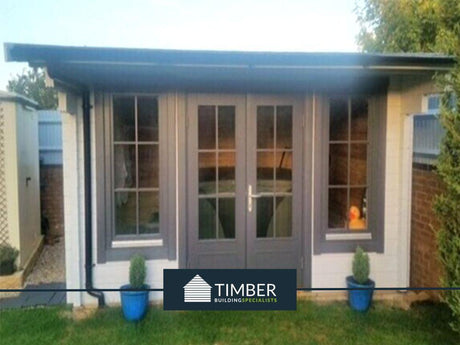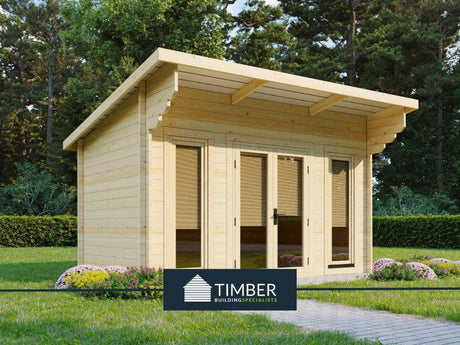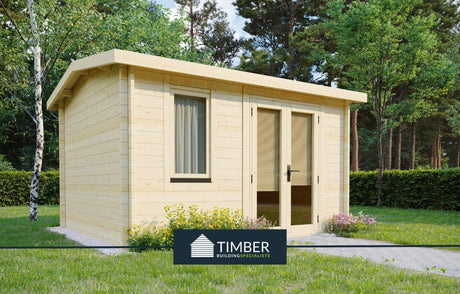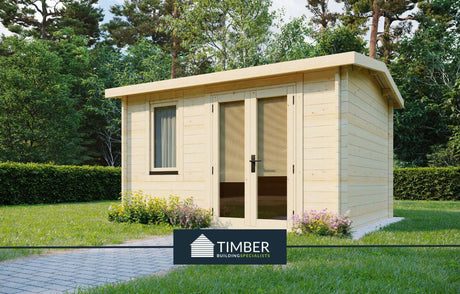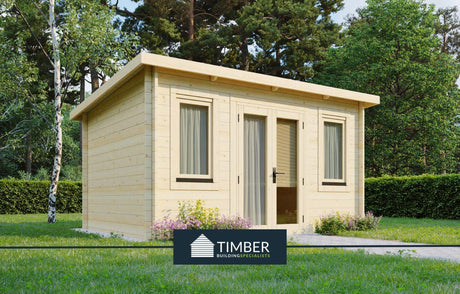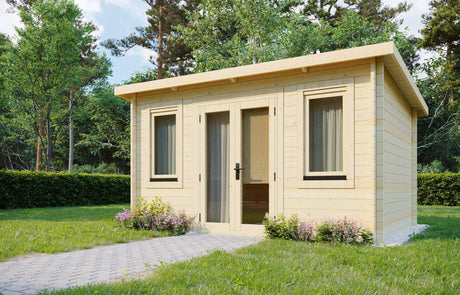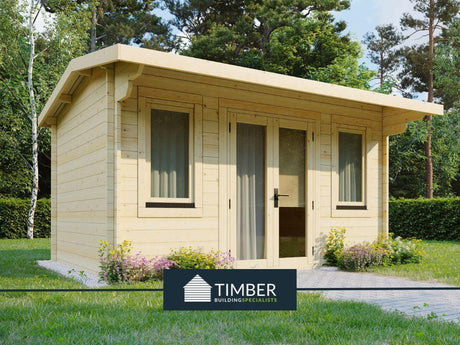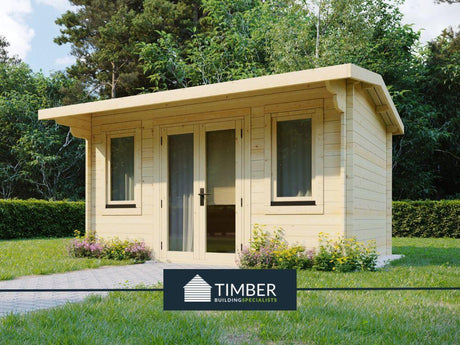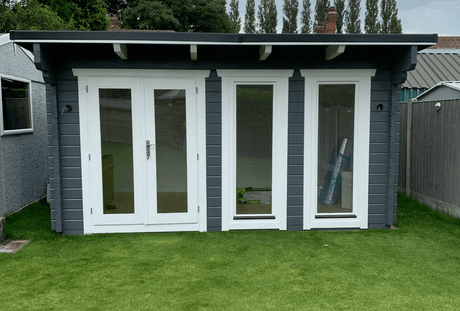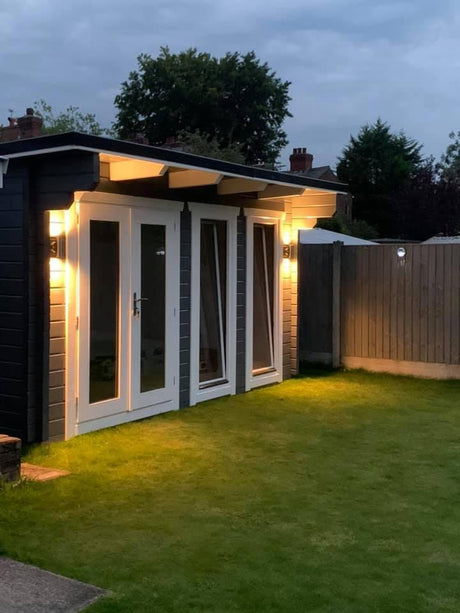Log cabins are a beautiful and rustic addition to any property. However, they can require more maintenance than traditional homes, especially when it comes to the roof. Log cabin roofs are exposed to the elements year-round, so they need to be made of a durable and long-lasting material.
One of the best roofing materials for log cabins is rubber. Rubber roofing is a single-ply membrane that is made from ethylene propylene diene terpolymer (EPDM). EPDM rubber is a very strong and durable material that is resistant to UV rays, ozone, and extreme temperatures. It is also very flexible, which makes it ideal for log cabins, which can settle and move over time.
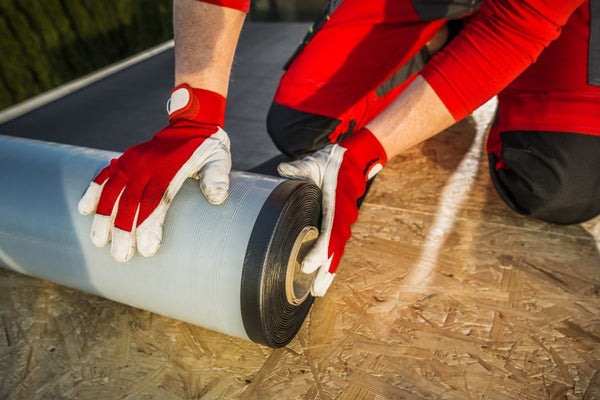
Benefits of rubber roofing for log cabins
Rubber roofing is a great option for log cabins. It is durable, waterproof, flexible, and low maintenance. Rubber roofing is also very resistant to UV rays, ozone, and extreme temperatures, which makes it ideal for log cabins, which can be exposed to the elements year-round.
- Durability: Rubber roofs can last for up to 50 years, which is much longer than other types of roofing materials, such as asphalt shingles or metal roofing. This makes rubber roofing a very cost-effective option in the long run.
- Waterproofing: Rubber roofs are completely waterproof, which is essential for log cabins. Rubber roofs also have a seamless design, which eliminates the risk of leaks.
- Flexibility: Rubber roofs are very flexible, which makes them ideal for log cabins, which can settle and move over time. This flexibility can also help to prevent cracks and tears in the roof membrane.
- Low maintenance: Rubber roofs require very little maintenance. Simply inspect your roof regularly for any damage and make repairs as needed.
- Energy efficiency: Rubber roofs can help to reduce your energy costs by reflecting sunlight and keeping your log cabin cool in the summer and warm in the winter.
- Environmentally friendly: Rubber roofing is a recyclable material, and it does not contain any harmful chemicals.
Installing a rubber roof on a log cabin
Installing a rubber roof on a log cabin is a relatively simple process, but it is important to follow the manufacturer's instructions carefully to ensure a proper installation.
The first step is to prepare the roof deck. The roof deck must be smooth and free of any debris. If the roof deck is not smooth, you will need to install a layer of plywood over it.
Once the roof deck is prepared, you can roll out the rubber membrane. The membrane should be overlapped at the seams by at least 6 inches. You can secure the membrane to the roof deck with adhesive or mechanical fasteners.
Once the rubber membrane is installed, you will need to install flashing around the perimeter of the roof and around any vents or chimneys. Flashing is a metal or plastic material that helps to seal the roof and prevent leaks.
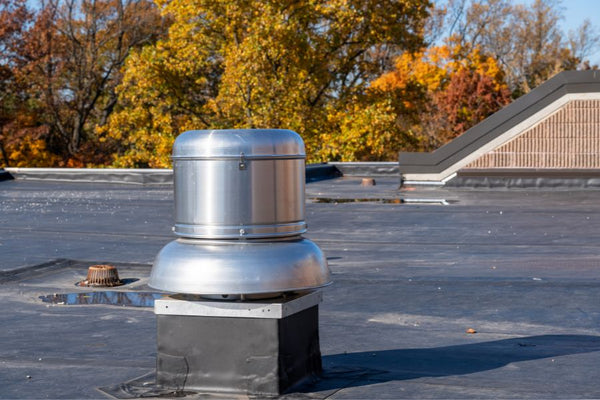
Additional tips for installing a rubber roof on a log cabin
- Make sure that the roof deck is completely dry before you install the rubber membrane.
- Use a sharp knife to cut the rubber membrane to size.
- Be careful not to overstretch the rubber membrane when you install it.
- Use a sealant to seal the seams of the rubber membrane.
- Inspect your rubber roof regularly for any damage and make repairs as needed.
Make sure that the roof deck is completely dry before you install the rubber membrane.
Rubber roofing membranes are adhesive-backed, so it is important that the roof deck is completely dry before you install them. If the roof deck is wet, the adhesive will not bond properly, and the membrane could come loose.
To check if the roof deck is dry, use a moisture meter. The moisture content of the roof deck should be below 15% before you install the rubber membrane.
Use a sharp knife to cut the rubber membrane to size.
When cutting the rubber membrane to size, use a sharp knife to make clean cuts. Avoid using a dull knife or saw, as this can tear the membrane.
To cut the membrane, roll it out on the roof deck and mark the desired size with a pencil. Then, use a sharp knife to cut along the pencil marks.
Be careful not to overstretch the rubber membrane when you install it.
When installing the rubber membrane, be careful not to overstretch it. Overstretching the membrane can damage it and shorten its lifespan.
To avoid overstretching the membrane, roll it out on the roof deck and allow it to relax for at least 30 minutes before you install it. Then, start installing the membrane at the lowest point of the roof and work your way up.
Use a sealant to seal the seams of the rubber membrane.
Once the rubber membrane is installed, you will need to seal the seams to prevent leaks. You can use a sealant that is specifically designed for rubber roofing membranes.
To seal the seams, apply a bead of sealant to the overlapping edges of the membrane and use a roller to smooth it out. Allow the sealant to dry completely before you move on to the next step.
Inspect your rubber roof regularly for any damage and make repairs as needed.
Rubber roofs are very durable, but they can still be damaged by hail, wind, and other extreme weather conditions. It is important to inspect your rubber roof regularly for any damage and make repairs as needed.
To inspect your rubber roof, look for any tears, punctures, or blisters in the membrane. If you find any damage, repair it immediately to prevent leaks.
You can repair small tears and punctures in the rubber membrane with a patch kit. For larger tears or punctures, you may need to replace the damaged section of the membrane.
By following these tips, you can ensure that your rubber roof is installed properly and will last for many years to come.

Conclusion
Rubber roofing is a great option for log cabins. It is durable, waterproof, flexible, low maintenance, energy efficient, and environmentally friendly. If you are looking for a roofing material that will last for many years to come, rubber roofing is the best choice.

